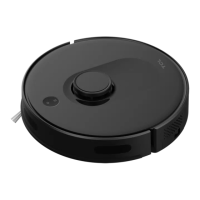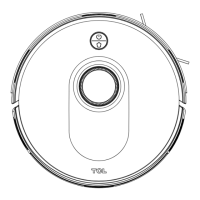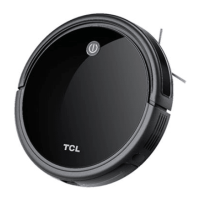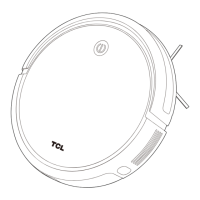What to do if my TCL Vacuum Cleaner laser sensor is blocked?
- DduncanjoshuaAug 20, 2025
If the laser sensor of your TCL Vacuum Cleaner is blocked, clear the blockage. Be aware that reflective environments, such as metal mirrors, can also affect the normal operation. If this occurs, move the machine to a new position and restart it.






